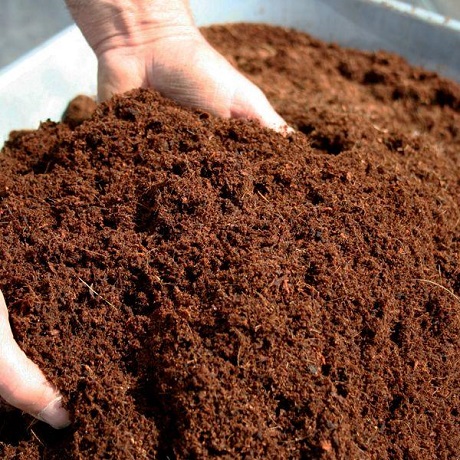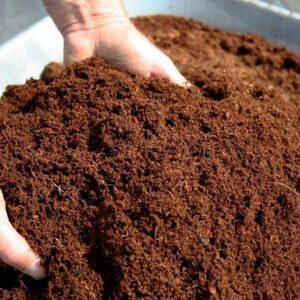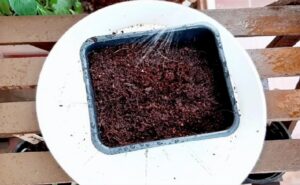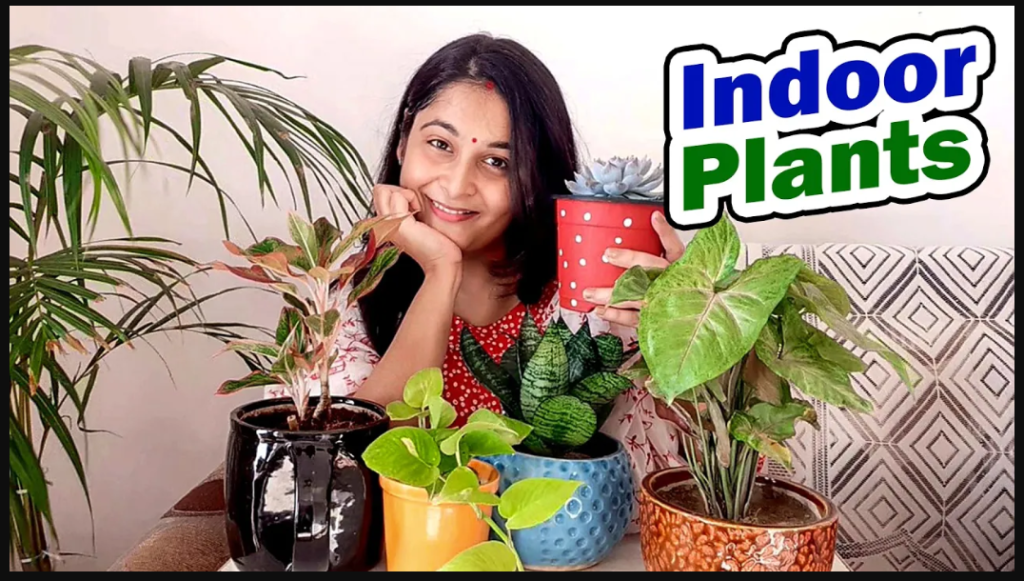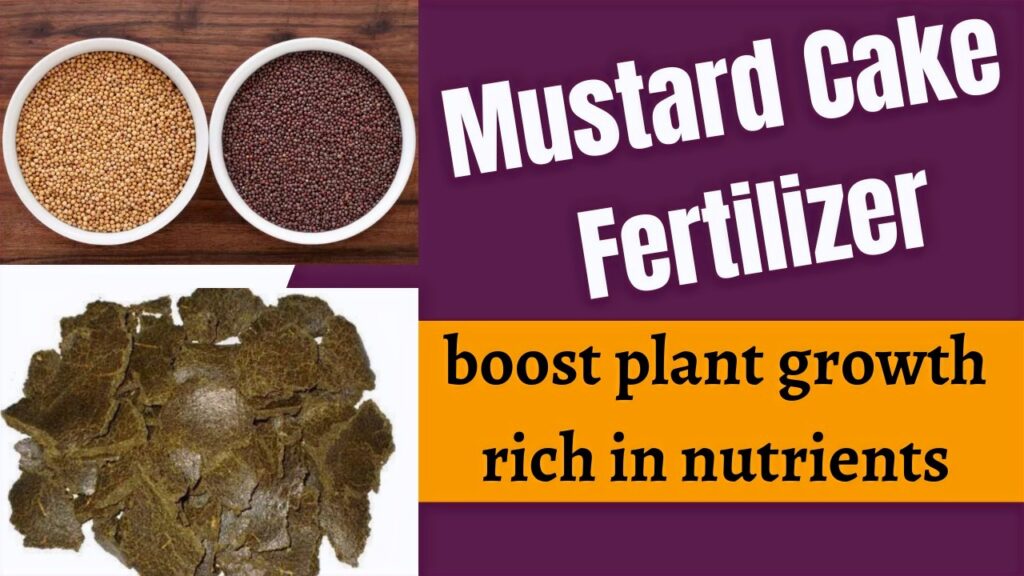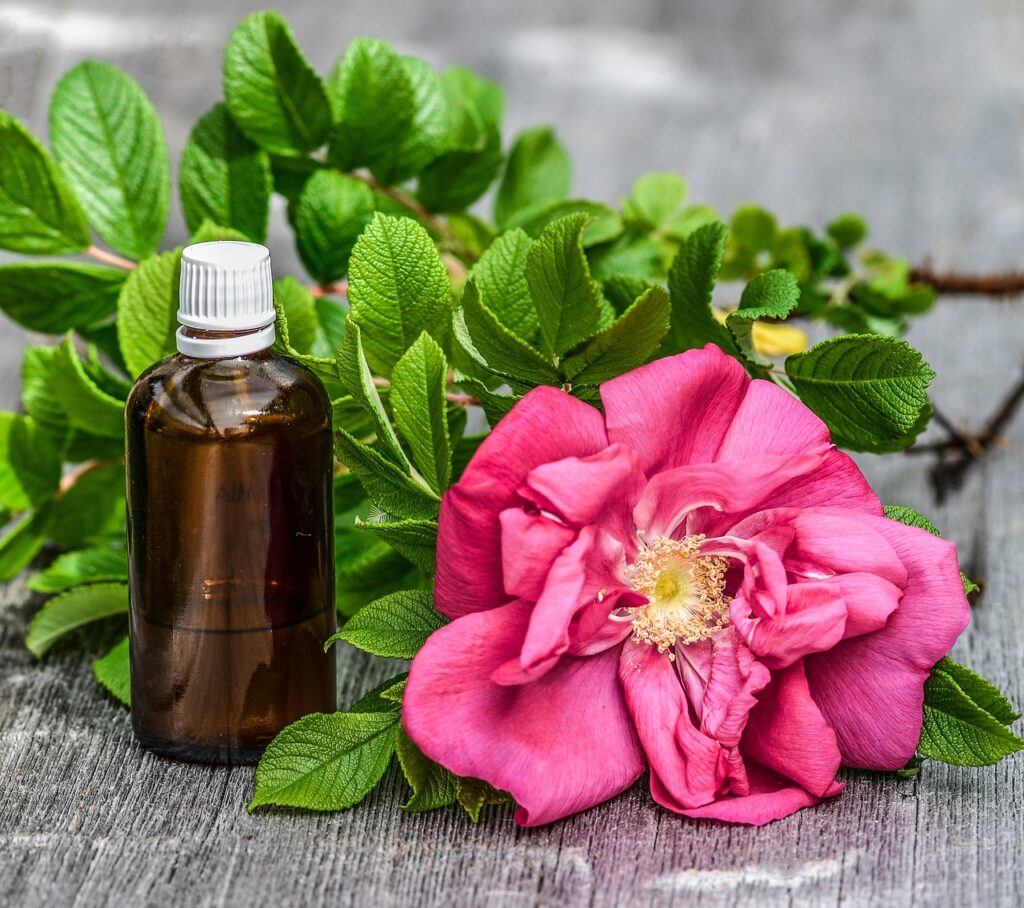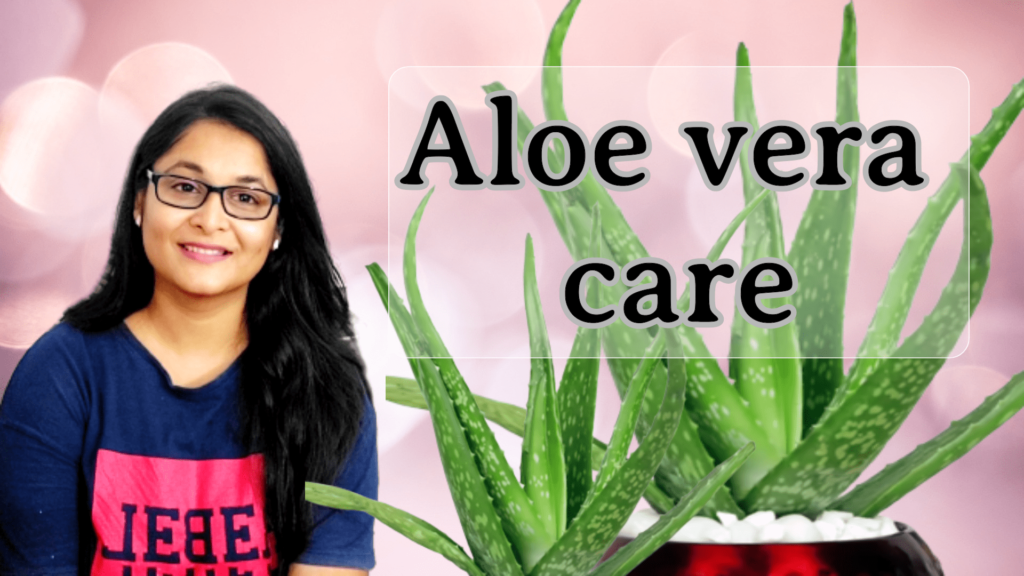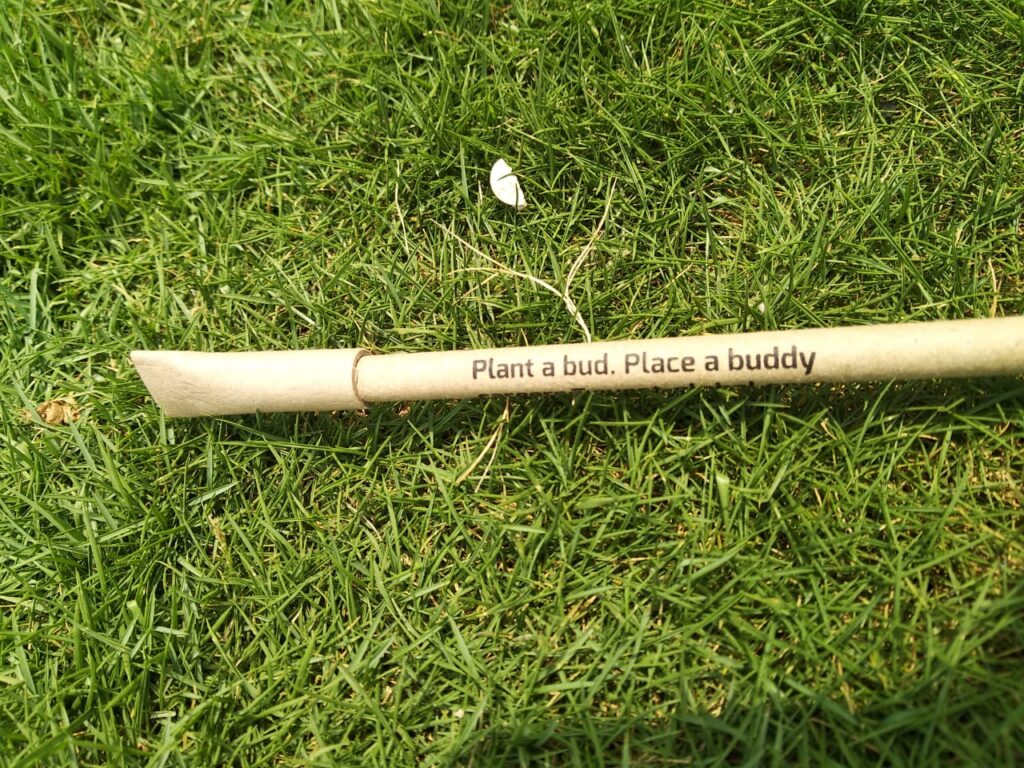The powder of coconut husks is called coco peat. It provides a magnificent and unique combination of moisture, drainage, and aeration which is required by the plants, and is known as the best-growing medium for plants, crops, and seeds germination.
In the process of planting, the growing medium matters a lot.
Now, what is the growing medium?
When you grow any plant in soil, the soil is the growing medium for that plant. We have various growing mediums like water, sand, coco peat, vermiculite, and many more. In this article, we will study the “COCO PEAT”.
What is Coco peat?
In factories, we dry coconut husk powder and compress it in the form of bricks. This is easily available in the market in the form of bricks. You can buy it from any nursery or online. Originally, this brick is hard but when you soak it in water, it will expand and become very soft.
How to use Coco Peat for plants?
Coco peat can be used for planting in pots, do not use it for ground gardening.
Follow the below steps:
Before using it for planting, add water to the coco peat brick and it will become powder in some time. It will absorb all the water and expand 2-3 times in quantity. Now, you can use this coco peat powder directly for planting. You can store leftover quantities in any storage bag also.
Facts about Coco Peat
- Coco peat does not have any nutrients in it like potassium, nitrogen, or phosphorus. It has only a small amount of salt in it.
- It is very light in weight in comparison to soil. Plus, it does not become muddy and is very easy to handle.
- It absorbs water very quickly and that is why it is used in gardening very often.
- It becomes very soft after adding water and provides a perfect growing medium for planting.
- It is natural and organic.
Uses of Coco peat in gardening
1. Coco peat is mainly used for the germination of seeds and bulbs.
If you are sowing your seeds in soil for germination and they are not germinating, then try coco peat this time. We need to maintain the moisture of the growing medium for seed germination and coco peat does it well.
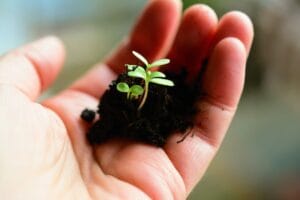
When plants try to come out from the surface after germination, it needs a soft medium.
Coco peat is very soft, that’s why coco peat is recommended for the seed’s germination.
2. Secondly, coco peat is used in potting mix.
Generally, we should grow plants in the ground but when we plant them in a pot we need to be very careful over various aspects. We need to provide perfect drainage, fertilizers, insecticides, growing medium, and many more things. To provide all these things we prepare a mixture of various things which is also called potting mix.
To prepare potting mix, we can mix soil and cocopeat in a 4:1 ratio (soil: cocopeat) with many other things.
- If we use this mixture, it gives us various benefits.

- Sometimes we face the issue of over-watering, in that case, coco peat will absorb extra water from the soil and protect the plant from over-watering.
- If due to any reason you have not watered your plant then also this mixture can save your plant. Plants can absorb some water from the soil as well as some from coco peat.
Drawbacks of Coco Peat
- The growing medium should provide enough anchorage or support to hold the plant but coco peat is very soft.
- It cannot give structure to big plants like tulsi, hibiscus, curry plant, etc.
- If you give water to your plants on a daily basis then do not add coco peat.
- If we are using coco peat then, always check if the top surface is dry. If there is over-watering in coco peat then, it will take around 1 month to dry completely.
It was all about “COCO PEAT”.
Happy Planting!!!
